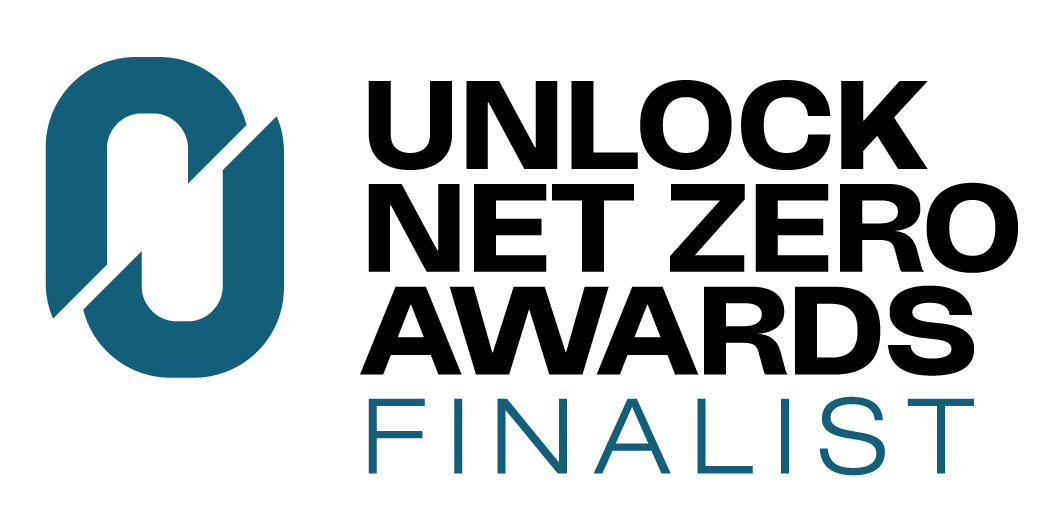
Meet Alejandro, Manager of Engineering and Strategic Partnerships at Tallarna
How does Tallarna support energy infrastructure developers in guaranteeing solar production? What can we do to lower the barriers to entry for decarbonisation projects? And who makes engineering, insurance, and finance concepts easy for customers to understand? Meet Alejandro to find out.
How would you describe your job to someone you’ve just met?
I model the energy performance of buildings and energy infrastructure. I analyse how their performance changes when decarbonisation technologies are implemented and explore the business case for those new technologies. I then communicate the outcomes of my work to customers, insurers, and financing partners to bridge the confidence gap facing net zero.
What innovative thing might people not know about Tallarna?
We’re currently working with an energy infrastructure developer to guarantee the outputs of their smart microgrid solution. This involves modelling the interactions between buildings and distributed energy resources (such as solar panels and battery energy storage systems) and understanding how to optimise their interplay. From there, we overlay our model with risk analytics which enables us to underwrite energy generation outputs (kWh, £), provide access to construction finance, and drive equity returns.
What’s holding decarbonisation back?
Poor data and lack of standardisation are holding back decarbonisation efforts. Too often, building owners either don’t trust their data or can’t access it in full. And as a result, the scale, speed, and ambition of net zero is lagging.
Tallarna gets round this issue by working with the information that building owners and project developers already have – whatever it is. We use AI to bridge data gaps and provide actionable insights into project feasibility. Our AI software, KESTREL, has an inference library that understands the characteristics of different building types and how they affect projects. It pulls insights such as construction methods, typical energy usage, and heating methodologies from this library to create digital twins. These are overlaid with retrofit scenarios, with the bill and carbon savings quantified. We then use risk analytics to understand the likelihood and magnitude of underperformance – supporting a standardised approach to developing and executing projects.
Such a mechanism lowers the barriers to entry for building decarbonisation and aligns engineering capabilities with what can be insured and funded. Only once a project has been narrowed down is more data needed. This prevents boots-on-the-ground surveys on unviable projects and limits the risk of no action at all – saving time and money.
How does Tallarna accelerate net zero?
Tallarna accelerates net zero by finding the commonalities between stakeholders and building systems. We achieve this by managing the risk interface between technology performance and finance.
Stakeholder commonality involves joining the dots between the technical, insurance, and financial aspects of a project. Decarbonisation is a collective challenge – one that must speak to and align with a multitude of perspectives and priorities. As such, we need to look at what can be practically achieved now, whether it stacks up to a compelling business case, what the likelihood of underperformance is, and if the supply chain can deliver it. And it’s this that our software delivers – ensuring these factors are in agreement from the very start.
My second point on finding the commonality between buildings systems refers to our consideration of how technologies work synergistically. So, our software looks at how cavity wall insulation impacts the size of heat pump required which impacts the amount of LED lighting. In doing so, we make sure that the right types of technologies are being implemented for a given building.
What’s an example of climate innovation that you’re excited by?
I’m excited by the continual improvement in energy storage systems – be that batteries, hydrogen storage, or other new technologies.
Energy storage systems are vital for increasing the electrification of buildings and uptake of onsite renewable generation. They act as a buffer against the variability of renewable energy production, they support peak shaving and load balancing, and they potentially decrease or eliminate the power fees related to short-time peak loads.
Tallarna’s ability to pre-wrap energy storage systems in a service contract offers a way to accelerate the uptake of targeted technology solutions. I’m excited to be a part of an organisation delivering such positive impact – from supporting our insurance team with our unique Energy Savings Insurance to working with building owners and developers on delivering an opex-driven, low-risk, and financed decarbonisation model.
What is your perception of sustainability and where we need to go next?
For me, sustainability is about acting now and doing what we can efficiently without building in problems for tomorrow. That means deploying decarbonisation technologies that deliver immediate environmental and financial benefits, are readily deployable, and can be funded – without closing off any avenues for future technology implementation. For too long, we’ve heard too much talk and seen too little action. I hope my work at Tallarna in unlocking risk management for innovative technologies will support the urgent scaling of building decarbonisation.
For more information on anything raised in this blog, please email press@tallarna.com.



